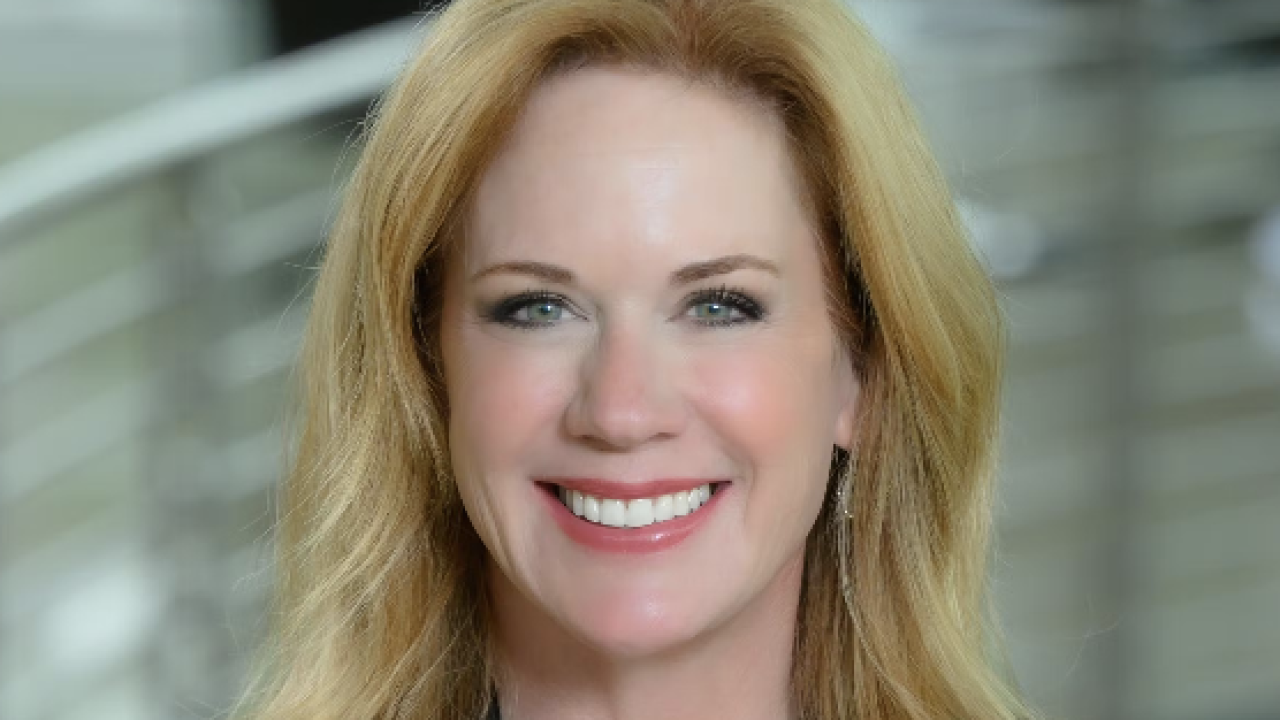WASHINGTON — The Federal Housing Finance Agency quietly imposed new liquidity requirements on Fannie Mae and Freddie Mac in June that will require the mortgage giants to hold more liquid assets to cover sudden funding shortfalls, but that the companies say may result in lower net interest income.
The mortgage giants detailed the new minimum liquidity requirements in 10-Q filings released Thursday. The liquidity benchmarks in some ways resemble those that bank regulators have imposed on large financial institutions. The new standards also mark another step by the FHFA under Director Mark Calabria to strengthen the balance sheets of the government-sponsored enterprises.
“The updated liquidity guidance is more stringent than our existing liquidity requirements and liquidity requirements of banks and other depository institutions, which could result in higher funding costs in the future and may negatively affect our net interest income,” Freddie said in its filing. “In addition, the updated liquidity guidance may impact the size and the allowable investments in our other investments portfolio.”
Fannie and Freddie said they expect to have to comply with the new liquidity requirements by Sept. 1.
According to Freddie, the requirements are based on a stressed scenario where the GSEs may not have access to debt funding from the market for an extended period of time, and would have to fund their cash needs using retained liquid assets.
Both companies said the liquidity guidelines include expected benchmarks to meet both short-term and longer-term cash flow needs.
“These requirements are based on cash flows needed under a stressed scenario that assumes, among other things, that for short- and medium-term periods, we may not have access to debt funding from the market for an extended period of time and therefore must fund our cash needs utilizing certain liquid assets in our portfolio,” Freddie said.
Fannie said that while it estimates its liquidity position as of June 30 was in compliance with the new requirements, it expects the rules will force the company in the future to hold more liquidity than it would have under the current framework.
“We expect [the higher liquidity standard] will negatively impact our net interest income,” Fannie said in its filing.
Fannie said its guidelines from the FHFA are broken into four components: a 30-day “cash flow stress test” enabling the GSE to continue providing market liquidity while also holding a $10 billion buffer; a measure of the company’s ability to meet cash flows for a year to providing market liquidity under stressed conditions; a minimum ratio of long-term debt to “less-liquid” assets; and minimum standards for the term of liabilities relative to assets.
The new requirements resemble liquidity rules the U.S. regulators developed for banks with more than $250 billion of assets following the financial crisis, in part responding to international Basel Committee accords. This includes the so-called Liquidity Coverage Ratio, which went into effect in 2015 and requires financial institutions to hold an amount of high-quality liquid assets that would be enough to fund cash outflows for at least 30 days in a period of stress.
The liquidity requirements the FHFA is imposing on Fannie and Freddie appear as if they could ultimately be tougher than those imposed on the largest banks. The new benchmarks come at a time when the FHFA is developing a new capital regime for Fannie and Freddie — to become effective after the companies re-enter the private sector.
However, while the new liquidity framework could prevent the breakdown that led to Fannie and Freddie being placed into conservatorship in 2008, it could also result in more risk-taking, Federal Financial Analytics wrote in a Thursday note to clients.
“As we learned the hard way for banks, lots of [high-quality liquid assets] combined with a tough leverage ratio lead to higher risk-taking on the credit side, combined with unwillingness, if not also inability, to serve as market-makers,” the note said. “Given that the GSEs’ mission is secondary mortgage market-making, this creates still more dissonance between GSEs as private sector ventures and GSEs as market stabilizers.”
The FHFA has not yet issued any public guidance on the liquidity requirements beyond the company’s own disclosures, which Federal Financial Analytics noted could complicate the GSEs' efforts to raise the capital they will need to leave conservatorship.
“FHFA has said nothing so far about this new standard even though a clear understanding of it not only enhances transparency, but also builds confidence in investor planning to provide the capital needed to hoist the GSEs out of conservatorship,” the client note said.
The FHFA told American Banker that it views the new liquidity rules as a prerequisite to a responsible exit from conservatorship.
“The work to ensure that the Enterprises have clear and strong liquidity requirements predates COVID,” said FHFA spokesperson Raffi Williams. “The supervisory goal establishes binding requirements, at least as strong as those for commercial banks, that ensure the Enterprises can fulfill their mission and continue to support the mortgage market in times of market stress.”
In May, the agency
That proposal also took a page from post-crisis bank regulation, recommending that GSEs comply with three levels of banklike risk-based capital requirements, including a common equity Tier 1 capital requirement.





